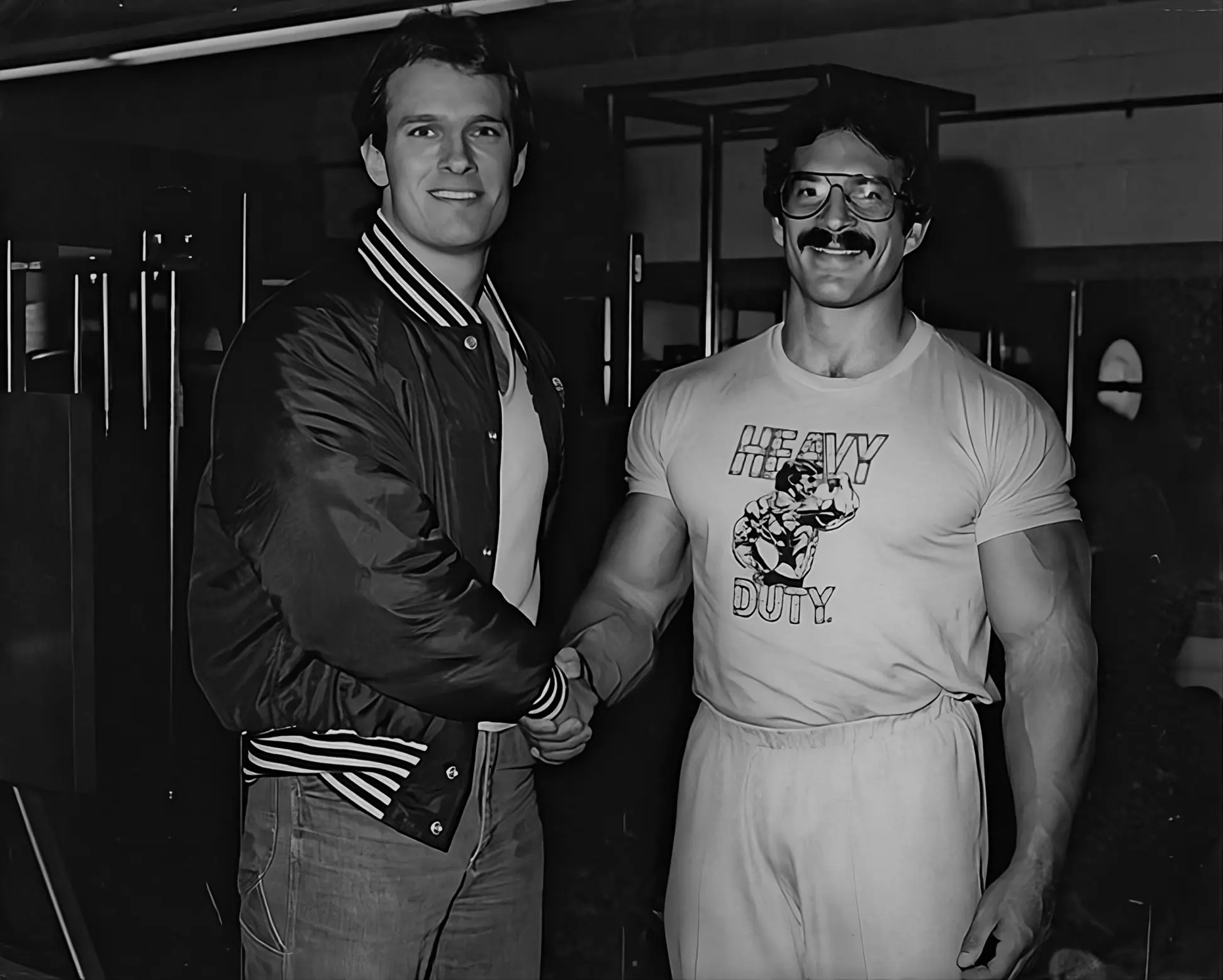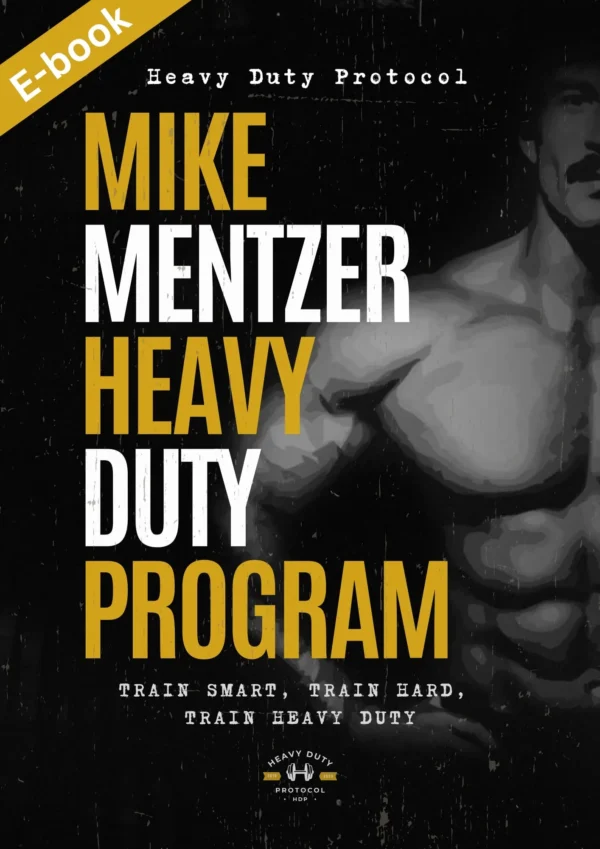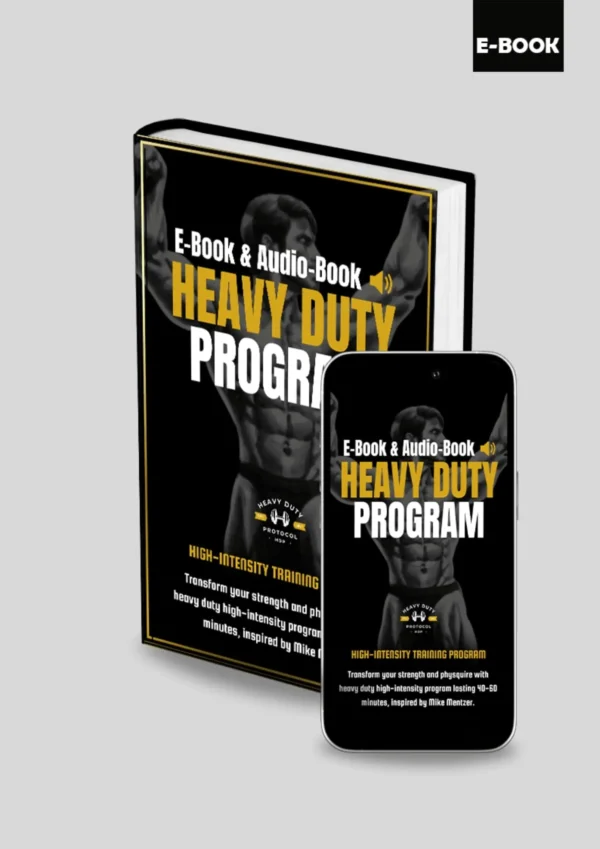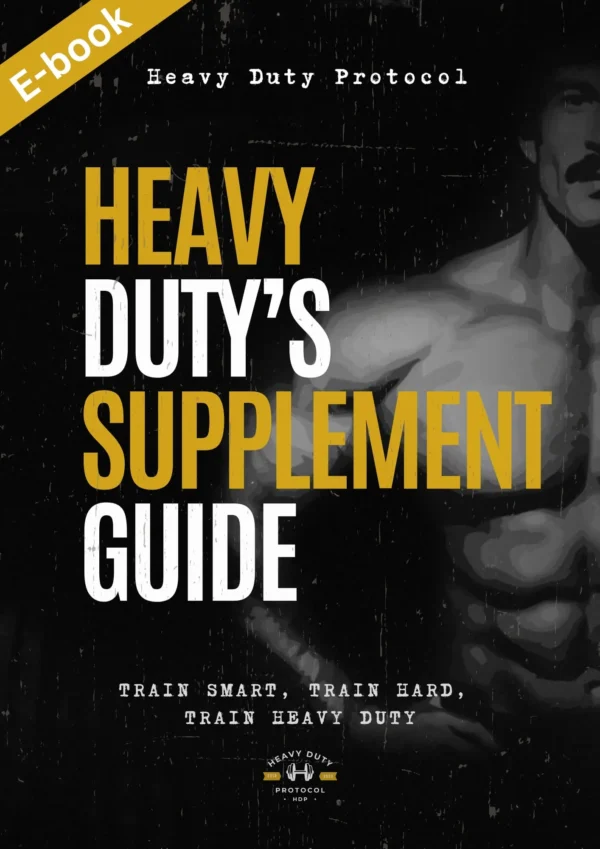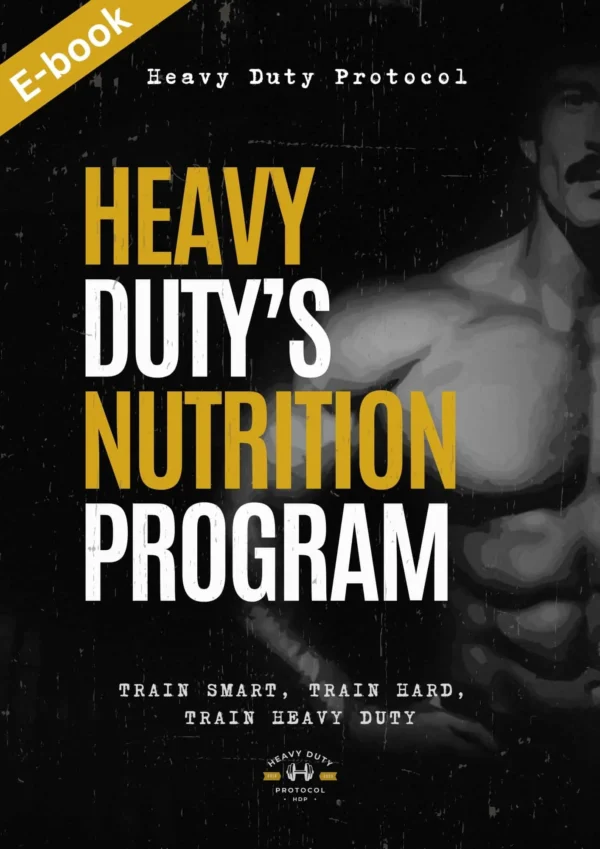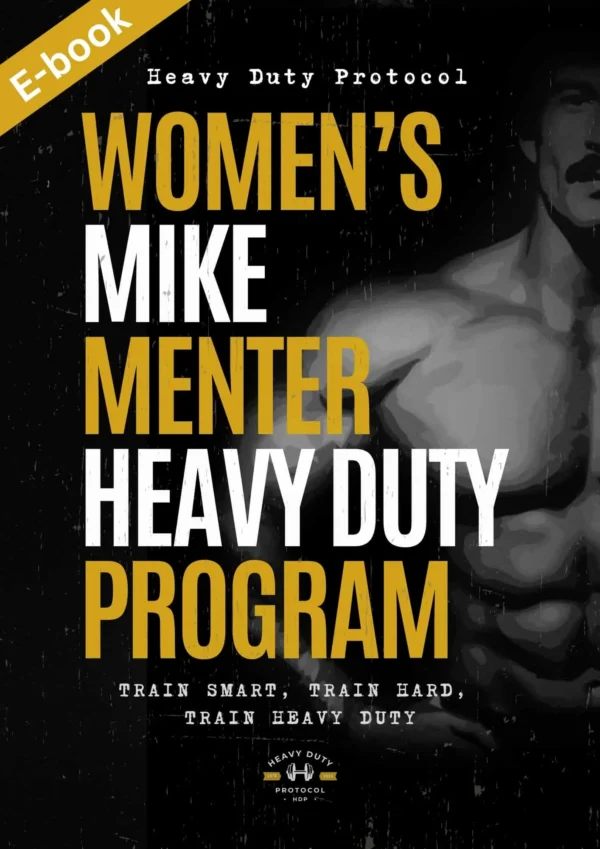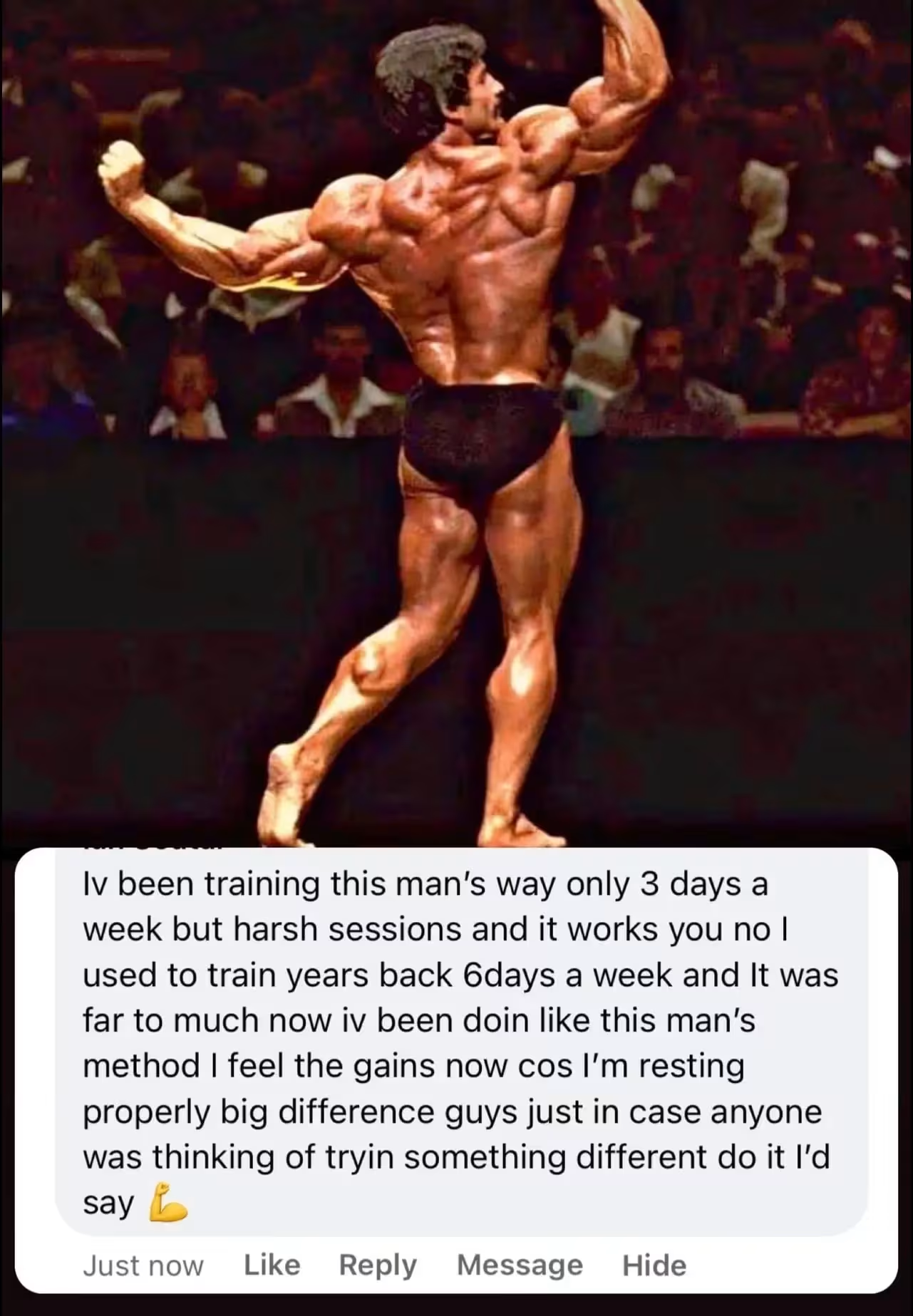Introduction to Heavy Duty Training
Heavy Duty Training is more than just a workout philosophy; it’s a transformative approach to fitness that prioritizes efficiency, intensity, and results. Pioneered by legendary bodybuilder Mike Mentzer, this system has challenged conventional high-volume training methods, offering an alternative path to achieving unparalleled strength and muscle growth.
History of Heavy Duty Training
The origins of Heavy Duty Training can be traced back to the late 1970s when Mike Mentzer revolutionized bodybuilding with his high-intensity, low-volume approach. Mentzer believed that the traditional methods of spending hours in the gym were not only inefficient but often counterproductive. He introduced Heavy Duty as a solution, emphasizing short, intense workouts that pushed muscles to failure.
Mentzer’s innovative techniques gained recognition when he became the first bodybuilder to score a perfect 300 in the 1978 Mr. Universe competition. His philosophy quickly spread, inspiring athletes and fitness enthusiasts worldwide.
Key Components of Heavy Duty Training
Heavy Duty Training is built around three fundamental principles:
- Maximum Intensity: Each workout set is performed with maximum effort, pushing muscles to absolute failure. This ensures complete stimulation of muscle fibers for optimal growth.
- Low Volume: Unlike traditional training, which involves multiple sets and exercises, Heavy Duty focuses on fewer sets performed with maximum effort. This reduces unnecessary wear and tear on the body.
- Adequate Recovery: Rest is a cornerstone of Heavy Duty Training. Mentzer emphasized the importance of giving muscles sufficient time to recover and grow between workouts.
Why Heavy Duty Training is Different
The Heavy Duty approach stands out due to its focus on quality over quantity. While traditional bodybuilding routines may involve spending hours in the gym, Heavy Duty delivers similar or superior results in significantly less time. This makes it an ideal option for individuals with busy schedules or those looking to maximize efficiency in their training.
Benefits of Heavy Duty Training
- Time Efficiency: Shorter workouts mean you spend less time in the gym while achieving excellent results.
- Reduced Risk of Overtraining: With fewer sets and longer recovery periods, the risk of overtraining is minimized.
- Science-Backed Results: Studies have shown that high-intensity training can be more effective for muscle growth compared to traditional high-volume training.
Common Misconceptions About Heavy Duty Training
Despite its proven effectiveness, Heavy Duty Training is often misunderstood. Some common myths include:
- “It’s only for advanced athletes”: While designed for intensity, Heavy Duty can be adapted for beginners.
- “It doesn’t build endurance”: High-intensity techniques can improve both strength and muscular endurance.
- “It’s too risky”: When performed correctly with proper form, Heavy Duty Training is safe and highly effective.
Preparing Mentally for Heavy Duty Training
Mental readiness is crucial for Heavy Duty Training. The philosophy requires discipline, focus, and the willingness to push your limits. To prepare:
- Set clear goals for your fitness journey.
- Understand the importance of recovery and rest.
- Embrace a results-driven mindset to maximize each workout session.
Starting Heavy Duty: What to Expect
As a beginner, starting Heavy Duty Training might feel intense, but the rewards are worth it. Here’s what to keep in mind:
- Focus on Form: Proper technique is vital to avoid injury and maximize results.
- Track Progress: Use a training log to monitor improvements in strength and performance.
- Allow Recovery Time: Begin with two workouts per week to give your body time to adapt.
Comparing Heavy Duty to Traditional Bodybuilding
| Aspect | Heavy Duty Training | Traditional Bodybuilding |
|---|---|---|
| Workout Duration | 30-45 minutes | 60-120 minutes |
| Training Volume | Low (fewer sets) | High (multiple sets) |
| Intensity | High | Moderate |
| Recovery Period | Longer (2-3 days per muscle) | Shorter (1 day per muscle) |
Role of Rest in Heavy Duty Programs
Rest is not just recommended in Heavy Duty Training; it’s essential. The recovery phase allows muscles to repair and grow stronger. Skipping rest days or overtraining can hinder progress and increase the risk of injury.
Success Stories in Heavy Duty Training
From Mike Mentzer’s groundbreaking wins to countless modern-day athletes, the success stories of Heavy Duty Training are inspiring. Many individuals have reported significant gains in strength, muscle mass, and overall fitness by adopting this approach.
FAQs on Heavy Duty Training
Q: Is Heavy Duty Training suitable for beginners? A: Yes, beginners can start with lighter weights and gradually increase intensity as they adapt.
Q: How often should I train on Heavy Duty? A: Typically 2-3 times per week, depending on recovery and progress.
Q: Can Heavy Duty Training help with weight loss? A: Yes, the high-intensity nature of the workouts can boost metabolism and promote fat loss.
Heavy Duty Training offers a unique and efficient path to achieving your fitness goals. By embracing its principles of intensity, low volume, and recovery, you can transform your workouts and unlock your full potential.




